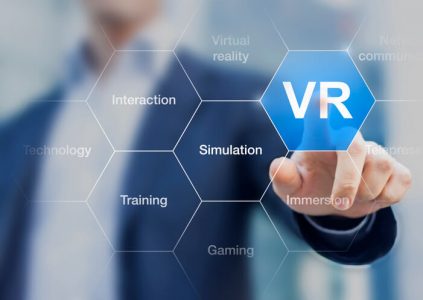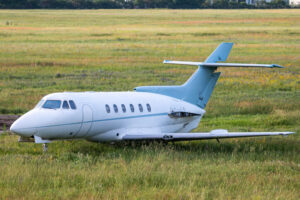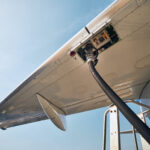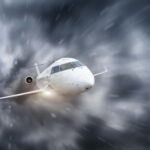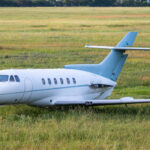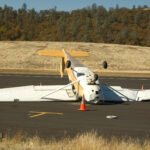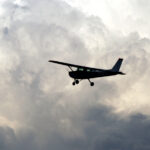Initial pilot training is introduced to new students through virtual reality
I almost attended Embry Riddle Aeronautical University (ERAU) when I decided to be a professional pilot. It has an excellent reputation, and who could complain about the beautiful Florida weather? There was only one problem: a 2-year waiting period before I would ever see the inside of an airplane to begin my pilot training.
The waiting period wasn’t an intentional part of the flight program; they didn’t need us to mature or take all our English courses before we could start flying. It was simply a numbers game. The demand was just far greater than the supply. They only had so many airplanes and so many instructors to go around. I was too itchy to fly to wait that long, so I went elsewhere.
That was 40 years ago, and a lot has changed since then. Flight simulators have become common in flight school settings, but the new virtual reality (VR) training platform is even more exciting.
Embry Riddle is jumping onboard the platform, and it seems to be working so far. They’ve only had a formal curriculum for their virtual reality program for six months, but already they see impressive results. I think it’s brilliant and a fantastic way to save time and money on a career that is one of the most expensive for which to prepare.
Think of all the introductory skills that can be taught and practiced without the dreaded Hobbs meter running! What a relief to learn the radio without doing other tasks to keep the airplane flying. It does all have to come together eventually, but if the students learn how to do one thing at a time and then bring them all together when they are competent in each, confidence will soar, which is what ERAU is seeing. Results show a 28% decrease in the amount of flight time required to solo, flight cost is down 18% for initial training completions, student confidence is up, and anxiety is down. VR students are more prepared for flight training.
The goal with VR is to use advanced technology that provides students with a solid foundation in everything they need to know to be a private pilot BEFORE they set foot in an airplane. The University doesn’t want the students to learn new things when they pay $4 a minute, and I couldn’t agree more; use the time in the airplane to practice and perfect your skills!
It sounds like pilot training is keeping up with technology, and now is a good time. We need to be churning out new pilots in record numbers, and VR is a great way to unleash the flying bug to get these young people hooked without the high cost of initial training. It might not even be that bad to wait a year or two to start the airplane training segment if you are “flying virtually” while you wait.
RELATED READING
RELATED CTS TRAINING

